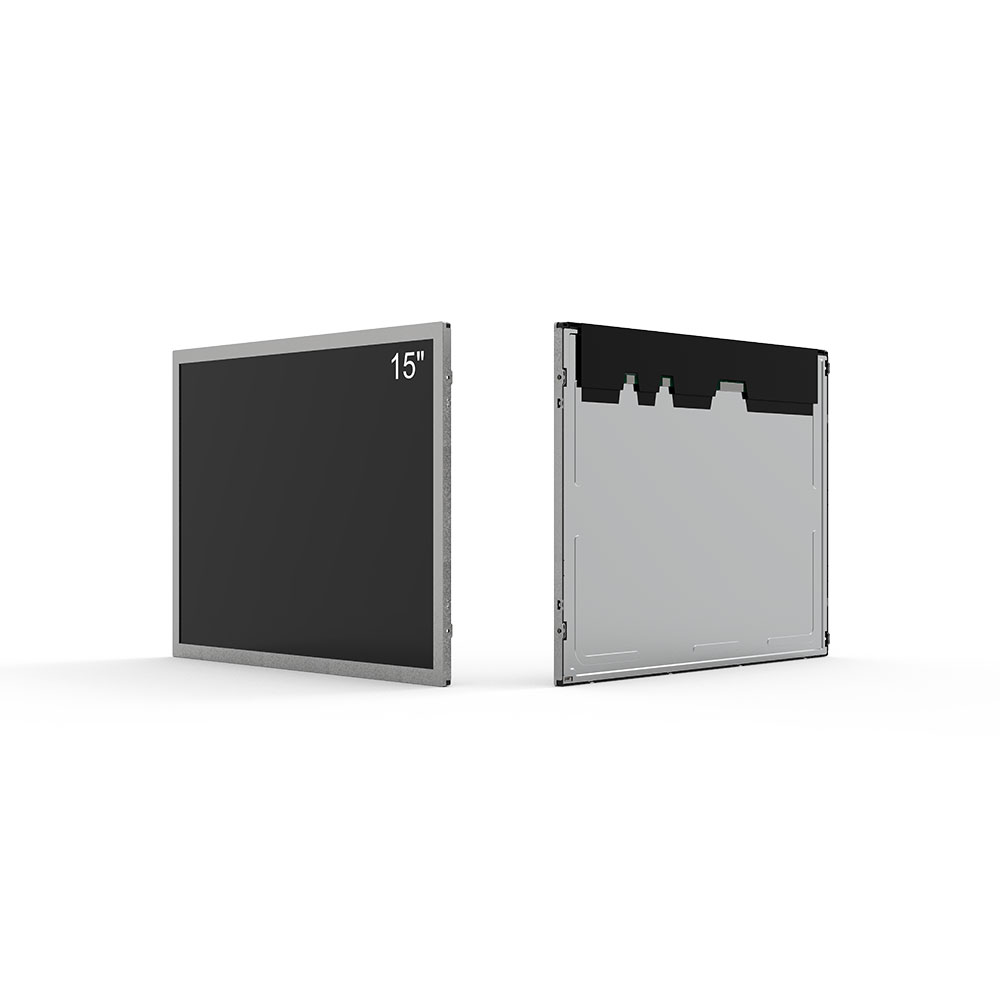High-brightness sunlight-readable LCD displays are essential in modern industrial, military, and transportation systems where visibility under direct sunlight is critical. These screens are engineered to operate reliably in harsh environmental conditions—ranging from extreme temperatures to high humidity and mechanical vibration—while maintaining clarity, contrast, and color accuracy even under 100,000 lux of ambient light. According to a 2023 report by MarketsandMarkets, the global market for sunlight-readable displays is projected to reach $5.7 billion by 2028, growing at a CAGR of 6.9%, driven by demand from automotive dashboards, outdoor kiosks, and defense equipment.
Practical applications span across sectors including agriculture (precision farming sensors), construction (heavy machinery control panels), aviation (cockpit instrumentation), and public safety (mobile command units). For instance, the U.S. Department of Defense has standardized on MIL-STD-188-125-compliant displays for battlefield communication devices due to their ability to function in full sunlight without glare or flicker. Similarly, manufacturers like Sharp and LG have integrated anti-reflection coatings and LED backlighting with brightness levels exceeding 5,000 nits into their ruggedized display modules used in mining and oil rig operations.
Advantages include superior readability in bright environments, reduced eye strain for operators, extended operational life through thermal management design, and compatibility with glove-touch interfaces—an essential feature for workers in cold climates or hazardous materials handling. Unlike standard LCDs that degrade rapidly in sunlight, these displays often use transflective liquid crystal technology, which combines reflective and transmissive modes to conserve power while maximizing luminance when needed.
However, common problems persist. Thermal expansion can cause pixel misalignment over time, especially in uncontrolled temperature ranges (-30°C to +70°C). Some early models suffered from poor contrast ratios due to inadequate local dimming algorithms, leading to washed-out images during low-light transitions. Additionally, manufacturing costs remain high—typically 2–4x more than consumer-grade LCDs—due to specialized materials such as polarized glass, high-efficiency LEDs, and robust housing designs certified to IP65 or higher.

The latest trends show a shift toward mini-LED and micro-LED backlights offering localized brightness control and improved energy efficiency. Companies like Innolux and AU Optronics now offer displays with adaptive brightness sensors that dynamically adjust luminance based on ambient light, reducing power consumption by up to 30%. Moreover, AI-driven image enhancement algorithms are being integrated to improve contrast ratios in real-time, making them ideal for mobile surveillance and autonomous vehicle interfaces.
As industries move toward Industry 4.0 and IoT-enabled systems, sunlight-readable LCDs must evolve beyond basic visibility. Future innovations will focus on touch responsiveness under gloves, integration with AR/VR overlays, and seamless connectivity via USB-C or CAN bus protocols—ensuring these displays remain indispensable in the most demanding outdoor environments.
2025-07-31
2025-10-11
야외 고광도 LCD 디스플레이가 전세계 여객 정보 시스템에 혁명을 일으키는 방법2025-08-23
상업 및 산업 신청을 위한 옥외 LCD 스크린 크기 및 종횡비2025-10-05
RisingStar의 고휘도 야외 LCD 디스플레이로 승객 경험 향상